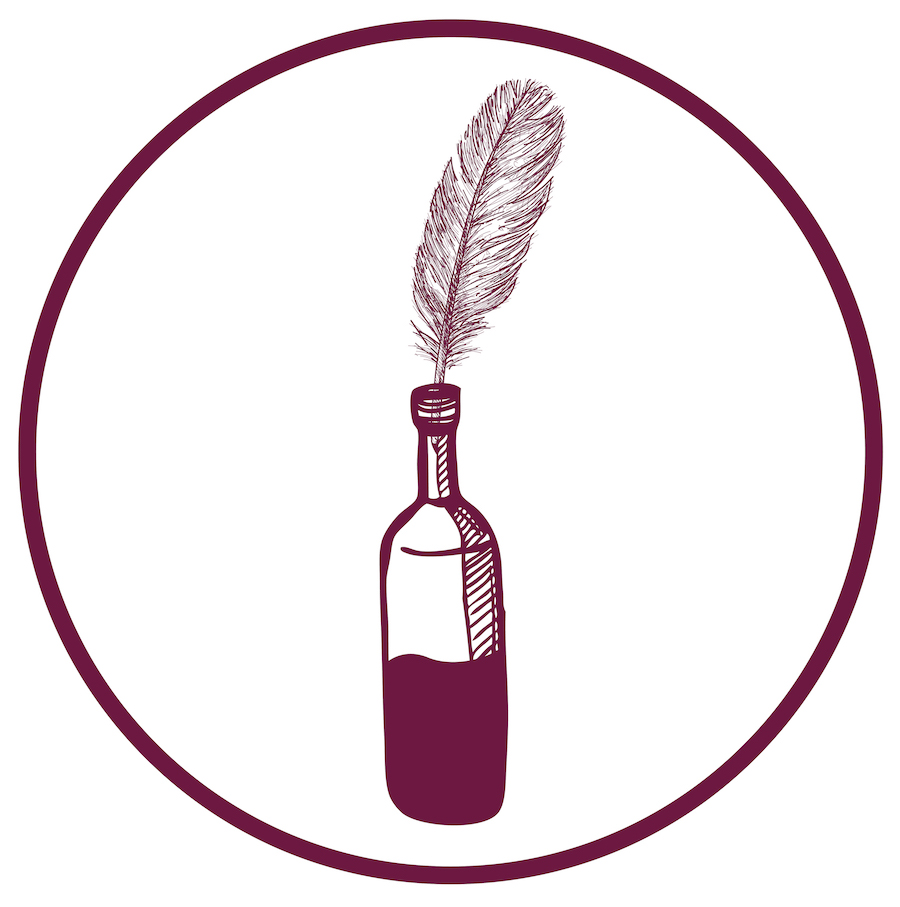Updated October 2021
Every now and then we receive wine-related questions from our readers and if we feel the question could benefit the greater wine community, we will answer publicly.
Ask the Wine Scribes
“Dear Wine Scribes,
I want to start by saying I’ve enjoyed reading your blog. I also have a question for you. I was reading an article about drinking non-alcoholic beer as a nightcap for when you want the taste without the side effects. It got me thinking about wine.
Do you guys have a point of view or any experience on wines that have reduced or removed alcohol? My guess is it’s not worth it and I should just have a little bit of good wine but I just wanted to explore the topic a little bit.“
This is a great question! We like to maintain a (mostly) healthy lifestyle and the thought of managing that while drinking is common for us. Doctors recommend drinking in moderation and studies have been done on communities of people around the world who live the longest–one commonality is moderated social drinking.
Healthy benefits of drinking wine
There have also been numerous health studies that show moderate wine consumption can help fight cardiovascular disease, reduce stress, enhance sociability and lower rates of depression.
We have a few ideas on best ways to reduce the amount of drinking while still enjoying yourself:
Drink wines with low Alcohol By Volume % (ABV)
There’s a lot the winemaker can conceal about a wine — the actual % of which grapes they are using, where they came from and what exactly was used during the process. Alcohol by volume (or ABV) however, is required to be printed on every single bottle.
A popular trend for a while in New World regions was very high alcohol, jammy red wines. A Cabernet Sauvignon that had an ABV of 15.5% ABV will not only make you sleepy after a few glasses but also make you regret it the next morning. Luckily, the pendulum is swinging back and there are more and more winemakers producing more Old World style wines with lower ABV’s in the 12% range for table wine.
We personally prefer lower ABV wine: you can enjoy yourself without getting sloppy, less hangover and best of all, there’s more room to taste all the other flavors!
Where can I find Low ABV wines?
When at your local wine store, look out for wines that come from cooler regions and/or in the Old World (Europe). Heat naturally increases the amount of sugar in grapes, which translates to higher alcohol after fermentation. Thus, grapes grown in San Joaquin Valley, California will naturally translate to higher ABV wines than wines produced in Mosel, Germany.
A few wines to check out that typically have low ABV’s:
- Pinot Noir from cool-climate regions such as Burgundy, Willamette Valley, and Martinborough.
- Riesling from various regions of Germany and Alsace
- Grüner Veltliner from Austria
- Chardonnay from Chablis, Carneros.
- Most sparkling wines including Champagne, Cremant, and Pet Nat have naturally low ABV levels, as they are picked very early in the harvest season in order to maintain high acid.
- White Zinfandels (if you enjoy them) have remarkably low ABVs and make great “porch pounders”
Spit during tastings

This one is pretty straight forward. Learn to embrace the art of spitting during wine tastings. All wineries will have spittoons or crachoir in French–just ask them.
While attending industry tastings around the world that included over 100 bottles of wine, the only way to taste all of them was to spit efficiently. Think about the steps taken while tasting wine: see, swirl, sniff, sip, swallow. Well just sub that last step out for spit and you basically accomplished the same thing!
How do you spit wine?
Worried about making a mess all over your chin and becoming the laughing stock of the tasting room? Valid concern.
The first step to spitting wine properly is don’t take a huge sip — just little bits at a time. Make sure you have enough clearance in the spittoon so that even if wine doesn’t go exactly straight forward, you’ll be covered. Next, purse your lips and let it rip. No need to make the “p’tooya” sound–the tasting room employees may think you’re rude!
Best way to practice your wine expectoration? In the shower! Gargle a bit of that warm tap water and see what you can do. Before long, you’ll be spitting like a wine pro.
Buy a Coravin
You’ve probably seen these bad boys lying around wine bars. They are more than just pretty wine gadgets–they’re excellent wine preservation tools.
The way Coravin works is by inserting a small suction needle into the wine without popping the cork out. A tiny bit of wine (enough for a taste) is quickly pumped out and deposited into a glass. Meanwhile, a tiny bit of inert gas is sent into the bottle in order to keep oxygen out and preserve the bottle.
How long can a Coravin keep a bottle of wine fresh?
The jury is still out on this. We’ve spoken with industry employees who claim that a bottle can be kept for upwards of a month in the tasting room when properly cared for with a Coravin. Others think that it’s more like a week at most.
Either way, for $200, it’s a worthwhile investment which will enable you to only have little “nips” of the bottle instead of being forced to polish it off over the course of a few nights.
You can purchase a Coravin from Amazon via this link





